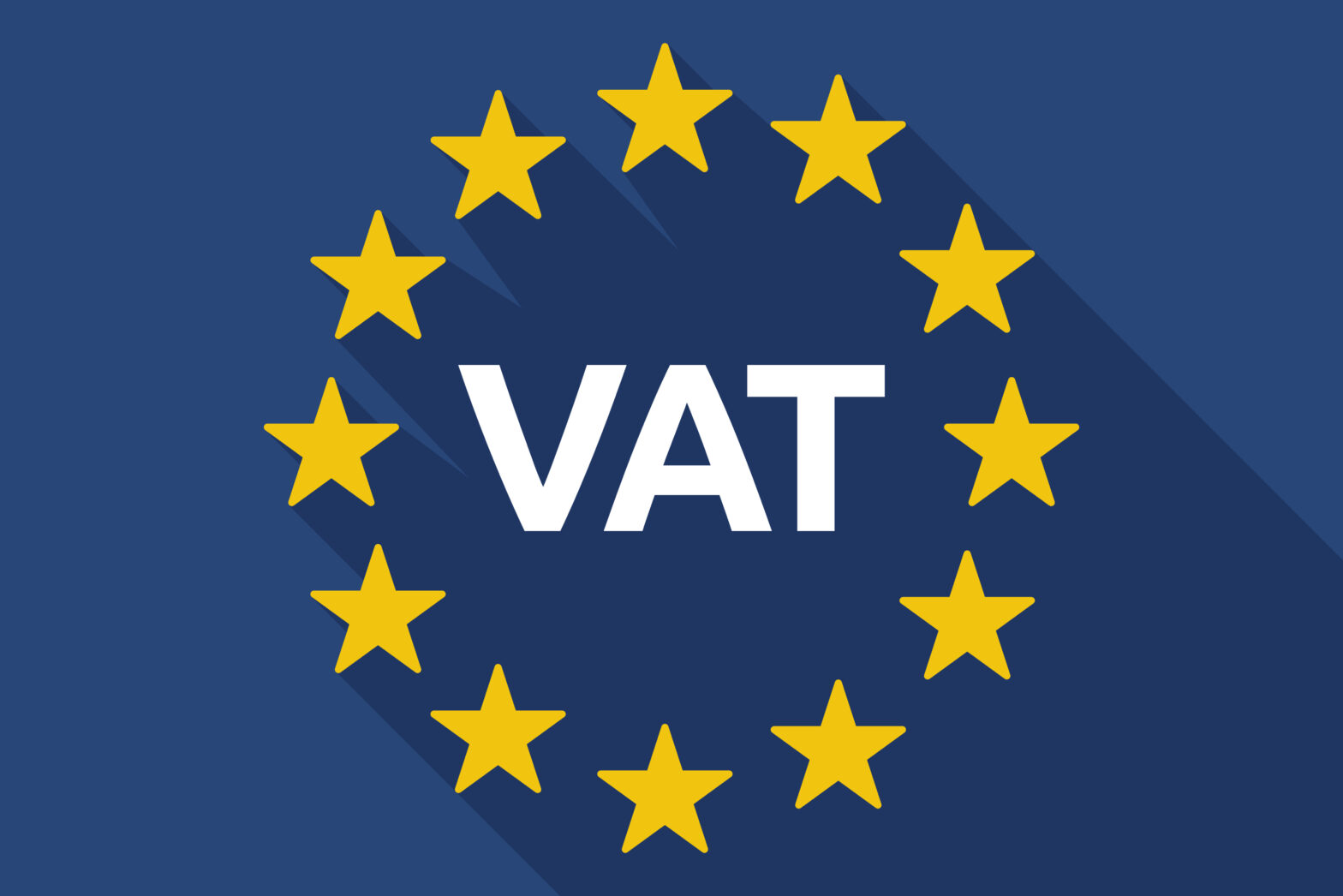 Mumpreneur Tracy Gray, founder of customised jewellery company Button and Bean, faced a cash flow crisis after a key supplier in Japan was caught up in the 2011 earthquake.
Mumpreneur Tracy Gray, founder of customised jewellery company Button and Bean, faced a cash flow crisis after a key supplier in Japan was caught up in the 2011 earthquake.
I’ve always been quite lucky in terms of cash flow because we’ve always received payment for orders before we start making the item. When we started we didn’t have any loans, and it was all about making sure I had enough cash when I was buying things so that I was ordering enough of it at the best price.
I buy in quite a lot of speciality fine silver, the like of which I can only get from Japan. When the tsunami hit over there, I had huge problems getting hold of the raw material and I thought the business could be lost. I managed to source the silver from distributors in Europe and the US and used a company credit card, personal credit card and an overdraft to buy as much as I could. It was make or break as I needed to fulfil our Fathers’ Day orders, having committed to quite a lot of advertising. Luckily I managed to get enough silver in to meet demand.
I had no problems getting an overdraft, which surprised me. It’s a bit daunting because you think it’ll be harder than it is but if you just explain what you’re doing and why you need it at the time everything should be ok.
An automated accounting service
When you’ve got premises and staff it becomes a juggling act every month end because there’s larger bills coming in as well. It can be tricky but I’m getting more organised. Now, to manage cash flow better I use an online automated accounting service which enables me to login wherever I am and see what P&L looks like, the bills going out that I know I need to pay and how much is coming in on a weekly basis.
I’ve had other minor cash flow issues where it could be the end of our VAT month and the bill has been particularly high especially after our Christmas period. I’ve called the VAT office and told them the payment is going to be late and that it would follow shortly. I’ve never been more than a week or so late but letting people know where you are and what’s happening when you’re a small business is very important.
I use my smartphone for everything and it helps me with managing cash too. I can move money around, our payments come into PayPal, if I know I’m due to pay a supplier for example I can move money instantly from account to account and I can keep hold of my money longer, because I can wait till the day I’m due to pay a supplier and then do it on my smartphone and pay them then.
Cash flow advice I would give to small businesses: make sure you keep on top of invoicing. Invoice quickly, because even if it’s a day that’s a day sooner you will be paid. Make sure your invoicing is up to date and you’re on top of it.
 Karl Baxter, owner of Wholesaleclearance.co.uk, talks about how he implemented a software solution to keep on top of stock control.
Karl Baxter, owner of Wholesaleclearance.co.uk, talks about how he implemented a software solution to keep on top of stock control.
Ever since we started we’ve bought and sold within our constraints. If we’ve needed to generate some quick money, we do auctions on eBay or Stockshifters which works well for us, we can quickly and easily generate whatever money is needed just by liquidating some of the cheap stock we’ve got.
From a smaller retailer’s point of view, I’m sure it can work the same way. If a company needs to raise £1,000 or so to invest in a new line that can make them £20,000 for the year, they should move some of the slower lines for cheap. It may seem strange to lose money, but you lose cash to buy a line that you’ve researched hard and you know you’ll make a lot more money on.
Since the beginning of the company we’ve managed our cash flow well. I’m sure in the past there have been stock lots we should have bought but I’m not the kind of person who wants to go and borrow money. I was lucky because the company has always been growing, we get so many good offers a month we can pick and choose what we want, and there’s a decent amount of cash in the business.
The importance of stock control
From my point of view stock control is so important. There’s nothing worse than spending £100 with a wholesaler and to be let down saying they’re sold out. We were finding from our point of view trying to manage stock using spreadsheets was impossible. We weren’t selling just on our website, we were selling on eBay, Amazon, we had customers coming direct, paying and ordering over the phone. Say we would sell a job lot to one customer, it would still be advertised on other sites and we would find it was overselling and that doesn’t bode well for new customers.
It’s pretty important to automise as much as possible to know what’s coming in and going out and manage your stock better. The last thing anyone wants to be doing is sitting down for two hours a day manually counting and checking every item.
Now, we use a software solution that’s really cheap, it costs us £80 a month and all of our stock carries an SKU code which allows all stock to be tracked. The system also has the ability to print invoices, labels, book in parcels for automation so you can book in with all your couriers, it will work out the cheapest cost for each parcel.
Accounting software is also inside, so you can keep track of how much your stock costs and how much you have sold. When stock gets low it can automatically email the supplier and put in a new order for you.
Our biggest competitor specialises in clearance clothing. He’s a lovely guy and we do a lot of business together. I phone him up and ask ‘How many Nike T-shirts have you got today?’ and he says ‘You know me, I don’t know, I’ll run out and check for you,’ and two hours later he’ll come back and say he has 24 left. If he had a stock list he could send me every day I could buy so much more off him, but he says he doesn’t know how to use a computer. Automating the process makes it infinitely more manageable, I know what I have in stock which is great.
 Nineteen-year-old entrepreneur Kevin Patrick explains how inexperience almost led to cash flow catastrophe for his promotional clothing company Team Tops.
Nineteen-year-old entrepreneur Kevin Patrick explains how inexperience almost led to cash flow catastrophe for his promotional clothing company Team Tops.
For any business cash is king, and in a small business where you’re trying to deal with bigger clients they will always try to force harsh payment terms on you – or not pay at all.
A few years ago, I was approached by someone at a care home who wanted staff uniforms made. Our usual supplier wasn’t able to produce this specific item, so I had to get it manufactured specially.
I decided to keep the client happy in the hopes of getting future business so I got the product made, but when he received it he ignored my requests for payment. I was naive and had no real payment terms with him or any history at all.
When having a customer doesn’t pay
He started off paying some of the money, but then we lost contact; maybe he thought I was too young and naive to chase it up. It turned out that the client had had a bad track record with his previous suppliers as well, and a lot of people had filed cases against him. I spoke to a lawyer, but he said there probably isn’t anything I could do.
In the end the customer’s business got shut down and I had to pay for the loss out of my own pocket. It was about £3,000 which was a large amount to me at the time and hit my cash flow hard.
Now, I get payment upfront where I can. For many customers, when the quotes have gone through an invoice will be sent to the client and a confirmation of order is produced. The customer has to clarify everything they’ve ordered and at the end of it there is a signed confirmation that the customer has agreed to pay the invoice in 14 days.
One of my long-term clients is a big school in Croydon and can take months to pay. That always puts a lot of pressure on, especially when you get a lot of business from them. With a customer like this, it’s about standing your ground and saying you do want to help them but that you want fair payment terms. If you can make it clear that you’re doing something for them it’ll go some way to making them cooperate.





